After the launch of “Bard” on Google at the beginning of this month (February 2023) as an answer to ChatGPT, we are beginning to understand that the largest companies in the world have stepped up in the race for the future. In this competition, anything goes, and LinkedIn is also a player in this great chess game.
In recent months we have witnessed the culmination of the race between the largest companies in the world for the field that will change our lives – artificial intelligence. It started in November 2022 with the launch of ChatGPT, with the combined forces of Microsoft, Amazon and Elon Musk, and it continues with Google’s response, Bard. Apple’s Siri has been almost forgotten. It would not be an exaggeration to say that in the last 20 years, we have not had such a clear-cut competition between the largest technology companies in the world.

It is clear to all that whoever leads this war will earn far more profits and gain much more than temporary control of the market. What is at stake here is control of the “next big thing.” The last time this happened on such a scale was when the Internet entered our lives for the first time and became a global phenomenon in the 1990s. Microsoft was one of the pioneers in the race, thanks to its Internet Explorer browser, but eventually lost to Google and Facebook. It does not intend to lose this race.
In the end, whoever brings more power and relevant assets will probably win. LinkedIn enters the picture at the macro level when we understand what tools each company brings.
On the one hand, Google comes with Facebook and YouTube in terms of social networks and control of the Internet, with Google Chrome, its leading browser, and a significant presence in the cloud and online payment categories. On the other hand, Microsoft stands with Amazon, and it is closing the gap with Twitter and LinkedIn. Its Bing search engine now supports OpenAI, and it controls the cloud, gaming and payment worlds, thanks to Amazon.
The formula for the development of artificial intelligence goes where the most useful data is located, and each camp has access to a vast amount of data on a daily basis. On the one hand, there is primarily Facebook and Google, and on the other hand, LinkedIn, Twitter and Amazon. It may start from here, but where it will end, no one knows.
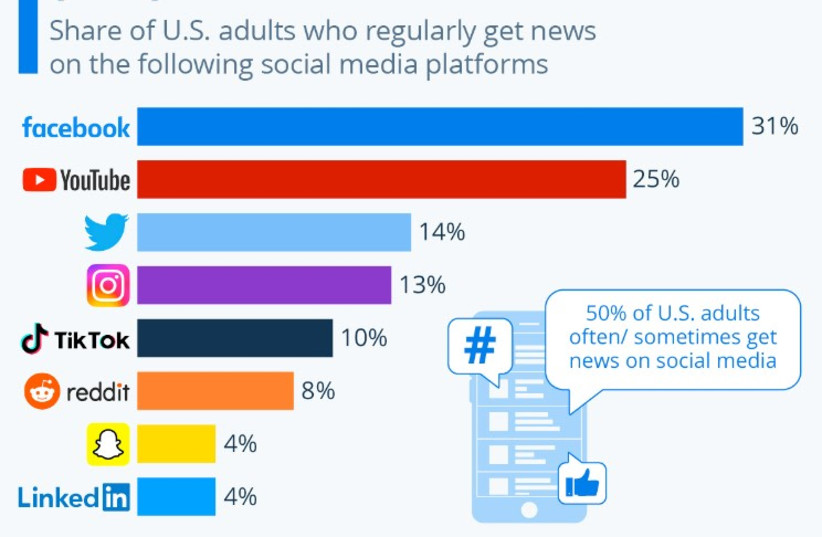
News consumption favors Google + Meta.
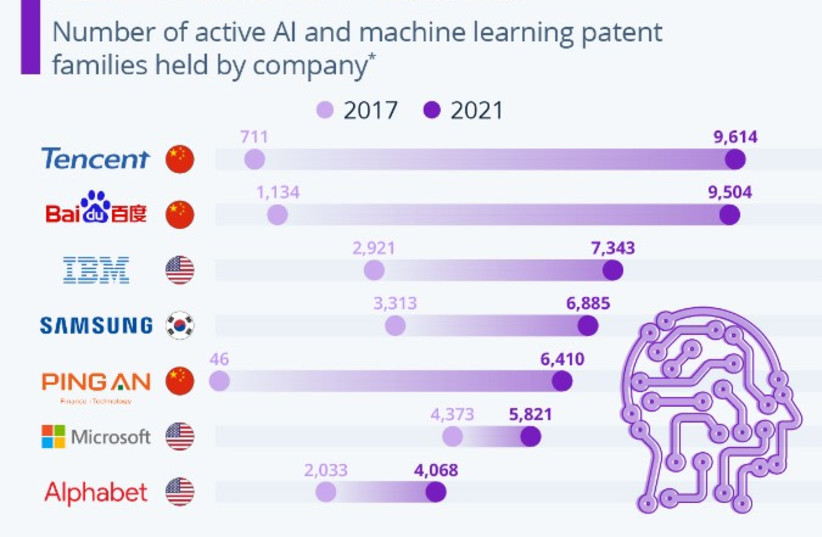
Microsoft holds the most patents in the field of AI.
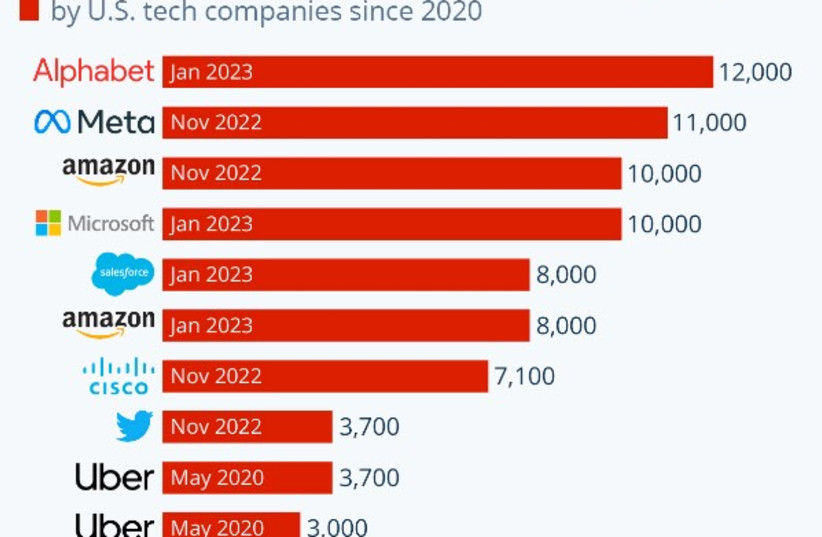
Alphabet (Google) + Meta cut more jobs.

Microsoft with stability in its growth since 2020.
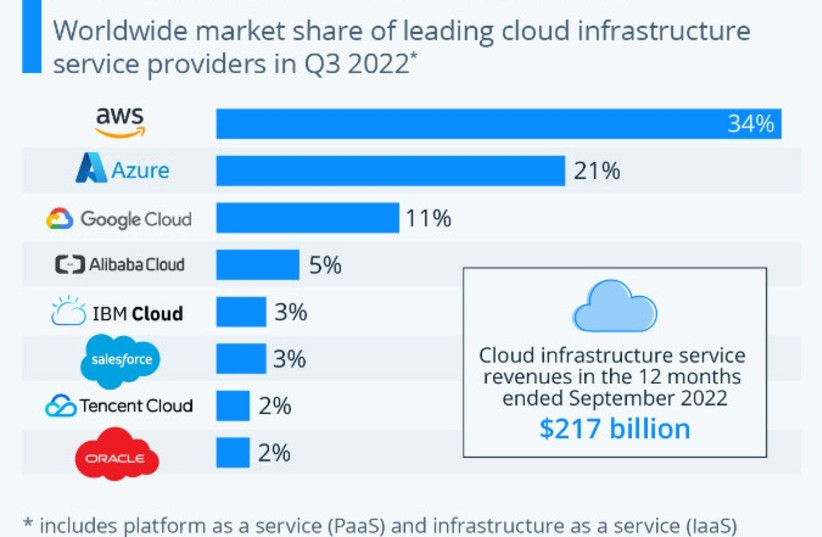
Microsoft + Amazon in the gap over Google in the cloud field.

The arms race also reaches the world of payments. Here we have equality.
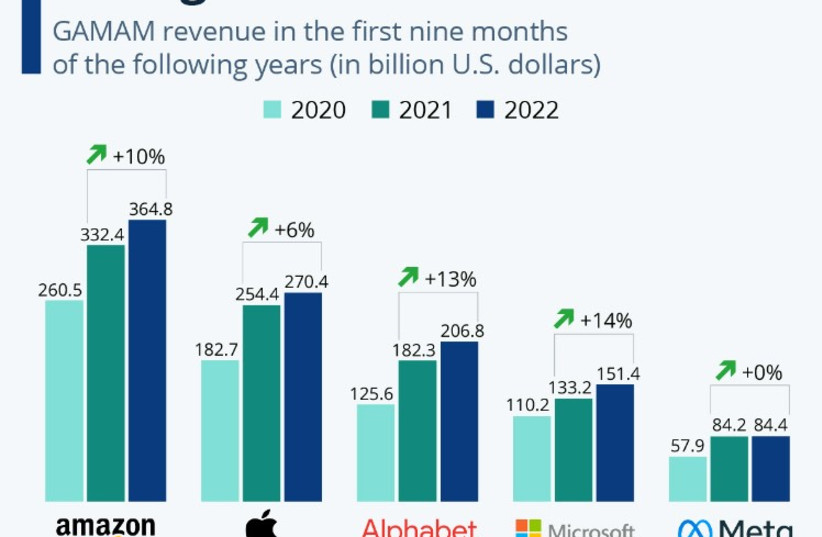
Microsoft + Amazon have shown greater growth in the last two years.
Why is it more significant than ever?
To understand when all this started, one must go to June 2022, when a software engineer at Google claimed that he had communicated with the company’s artificial intelligence and that it had feelings. He was eventually fired. This did not prevent the OpenAI group from going into high gear five months later with the launch of ChatGPT, which was founded in December 2015, a year before Microsoft bought LinkedIn.
Who started first? It’s hard to know for certain. If Google has reached the point where in 2022, its artificial intelligence can really have feelings, then it is certain that it started a few years before that, and if Microsoft purchased LinkedIn in December 2016 knowing that it wanted to be ready for today, then it is also difficult to guess when all this started. What is certain is that there have never been such extensive collaborations between the technology giants, and such vast sums have never been invested toward one specific goal.
The dilemma of LinkedIn in particular and Microsoft in general
As it stands now, Microsoft may have a different order of priorities than we used to think. We were used to Microsoft investing in LinkedIn at a level where every month, on average, a new feature was released to compete with Facebook and Instagram, and LinkedIn was responsible for “just” 5 percent of Microsoft’s total annual revenue. Today, it’s different. Today there is a possibility that resources will be allocated first to artificial intelligence because this race is no longer behind the scenes, and the only question that remains is where the border is and how far companies are willing to go.
In addition, while it is impossible to ignore the collaborations between the companies that complement each other at this level in the various fields, does this mean that it will reach a situation where they lose their identity and merge into one vast entity like WeChat in China? In such a situation, LinkedIn, for example, would cease to exist as LinkedIn. Maybe it seems far-fetched now, but if they had told us that there would be such collaborations a few years ago, we would not have believed it.
What can we expect from Microsoft regarding LinkedIn?
If we zoom out and look at Microsoft and LinkedIn in a broad view of the last over the years, there is one thing that can be seen, and that is the dynamism and the adjustments. It seems part of a large, well-constructed strategy and a long-term plan. This proves that Microsoft knows exactly where it is going. Based on its decisiveness and recent moves, it wouldn’t be surprising for LinkedIn, for example, to be swallowed into a huge platform like WeChat within large collaborations with other technology giants. In truth, there is no limit to what Microsoft can do, regardless of its connection to LinkedIn.
Avi Tzedaka is the owner of “Dr. LinkedIn,” and is a leading LinkedIn expert.
